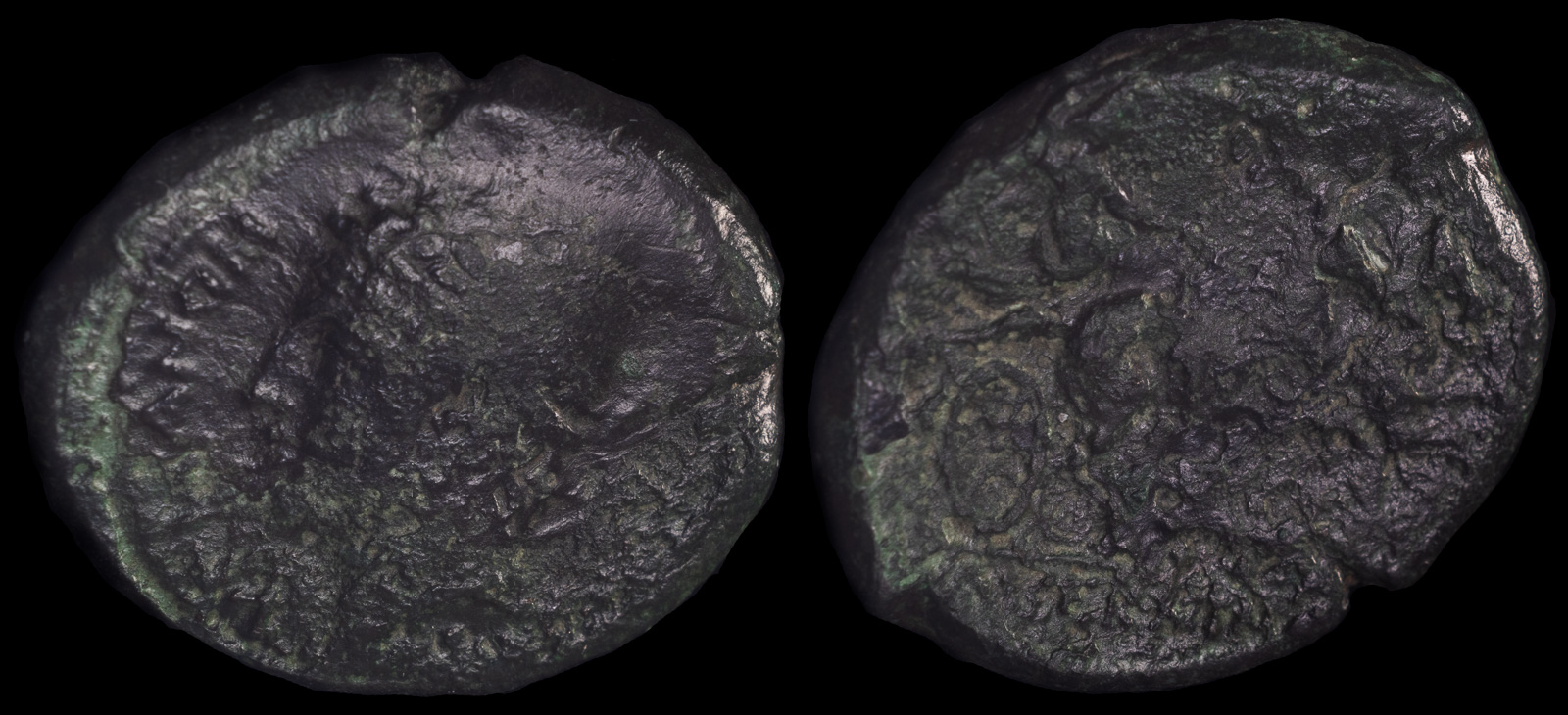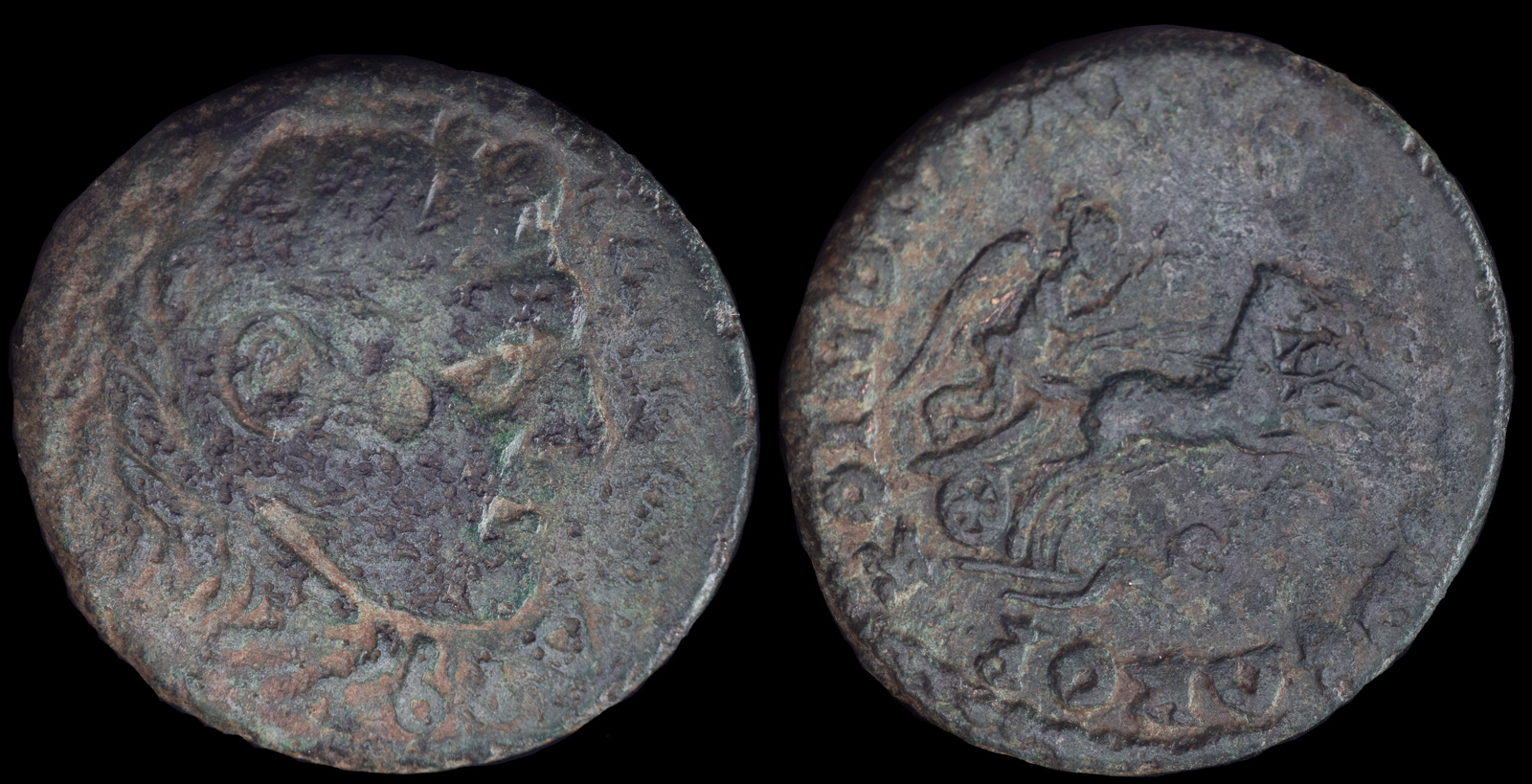Biga
View All Tags
In Greek coinage, the biga was often used in the context of victory or divine favor, frequently seen in the hands of gods like Apollo, Nike, or Zeus. One of the most common forms of the biga on Greek coins was the depiction of a charioteer riding the two-horse chariot, sometimes with a figure of Nike (the goddess of victory) or Apollo (associated with victory in the Pythian Games) accompanying it. The imagery of the biga was associated with the idea of divine intervention in the victory of a city-state or military campaign, and the depiction was often accompanied by inscriptions celebrating military achievements. The biga was also used to symbolize the games or contests, such as the Olympic Games or the Pythian Games, where chariot races were a highlight, representing athletic excellence and civic pride.
In Roman coinage, the biga was similarly a symbol of victory and triumph. Coins issued by Roman generals and emperors often featured the biga as a visual representation of their military prowess, celebrating their success in battle. The biga could appear on coins minted after significant military victories, where the chariot was depicted as a vehicle of victory, symbolizing the emperor’s or general’s role in securing peace and prosperity for the empire through military conquest. For example, emperors like Trajan and Hadrian issued coins depicting the biga as part of their triumphal iconography, reinforcing their image as victorious conquerors and successful rulers.
Another notable type of biga in Roman coinage was its use in the funerary context. Coins minted to honor deceased emperors or other important figures sometimes depicted a biga in scenes that symbolized the apotheosis (deification) of the individual, with the chariot representing the individual’s ascension to the divine realm. The two-horse chariot was a powerful symbol of the emperor’s transition from mortal to immortal status, reinforcing the idea of divine approval and eternal legacy. This depiction was part of the broader tradition of Roman imperial propaganda, where the emperor’s achievements were immortalized in both visual art and numismatic symbols.

Samnium, Aesernia
Circa 263-240 BCE
Æ 7.22g, 22mm, 8h.
Head of Vulcan to left, wearing laureate pilos; tongs to right, [VOLC]ANOM before /
Zeus in biga galloping to right and brandishing thunderbolt; AISERNINO in exergue.
HN Italy 430; HGC 1, 337.
Ex Mike Ballerini Collection

Macedon, Koinon of Macedon. Pseudo-autonomous issue
Time of Gordian III 239-244 CE
Æ 25,6mm, 10,50g
ΑΛΕΞΑΝΔΡΟΥ Head of Alexander the Great right, wearing lion’s skin headdress.
R/ ΚΟΙΝΟΝ ΜΑΚΕΔΟΝΩΝ Β ΝΕΩΚΟ Nike on biga and coiled serpent below.
BMC – , SNG Cop – , SNG Evelpidis – , AMNG III/1 163.720var (Rv.-Legende). RPC VII. 2,236